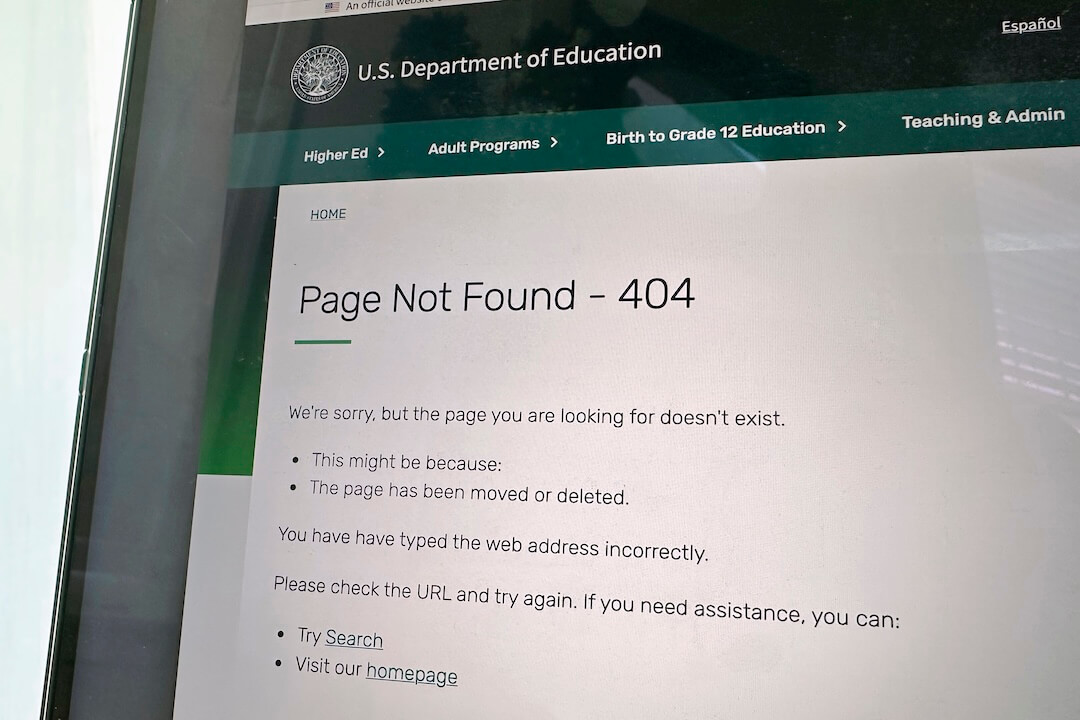Poynter’s Al Tompkins asked a voice specialist for advice for print journalists exploring broadcast and online multimedia. Here’s what Dr. Ann
Utterback
 |
said, based on her 35 years in the voice business:
writing for broadcast is the same as writing for print. They are really
two different animals. In print, we use clauses, phrases, compound
and complex sentences freely. If you
want to stifle comfortable conversation, continue using these.
Would
you ever say to a friend, “Having
parked in front of your house, I walked, slowly at first, up to your
door”? Surely not. In conversation, we talk in short sentences
that are usually simply constructed with subject, verb, object and have
no more
than one idea per sentence. We might
say, “I parked in front of your house. I
walked slowly up to your door.” This may
not seem as appealing in print, but try saying it. You’ll find that it
flows much better.
If you want to learn more about
conversational writing, check out Mervin Block’s “Dozen Deadly Sins” in
his
book “Writing Broadcast News — Shorter, Sharper, Stronger.”
Read the entire Q&A for more tips: “Hate Your Voice? A Vocal Coach Speaks Up on Why You Shouldn’t.”





